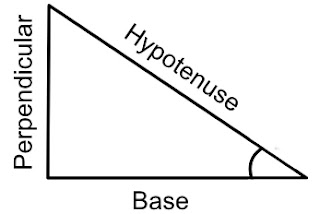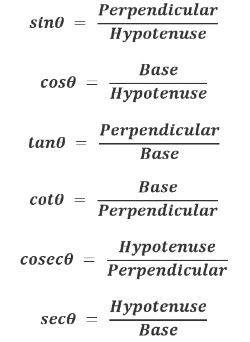Trigonometry Formulas, Definition, Tricks and Examples
Trigonometry students find it quite difficult. Trigonometry is a major branch of mathematics that deals with the angle and length of a triangle. There are a total of 6 trigonometric functions named sin, cos, tan, cot, sec, and cosec. Through these trigonometric ratios, length and angle are known. All formulas, tricks, and questions of trigonometry are related to these 6 functions.
Trigonometry Definition
Trigonometry is that branch of mathematics in which triangles and polygons formed from triangles are studied. Trigonometry literally means 'Measurement of the Triangle'. The most important in trigonometry is the study of the right triangle. The main basis for studying the lengths of the sides of triangles and polygons and the angles between two sides is that the ratio of any two sides (base, perpendicular, and hypotenuse) of a right triangle depends on the value of the angles of that triangle. Trigonometry is closely related to the famous Boudhayan Theorem (Pythagoras Theorem) of geometry.

Trigonometric Ratio Identities
To have a stronghold on the basic concept of trigonometry, you must know all the important trigonometric ratios and their identities.
Trigonometric Ratio
To study the different trigonometric ratio functions, we will take a right-angled triangle. Suppose ABC is a right-angled triangle and A=90°.
Basic Trigonometry Formulas

In the picture, the triangle has three aspects:
Base: The base can be any side, not just the one drawn at the bottom.
Perpendicular: The perpendicular bisector of a side of a triangle is a line perpendicular to the side and passing through its midpoint.
Hypotenuse: A hypotenuse is the longest side of a right-angled triangle, the side opposite the right angle.
Basic trigonometry formulas for a right-angled triangle can be written as:

